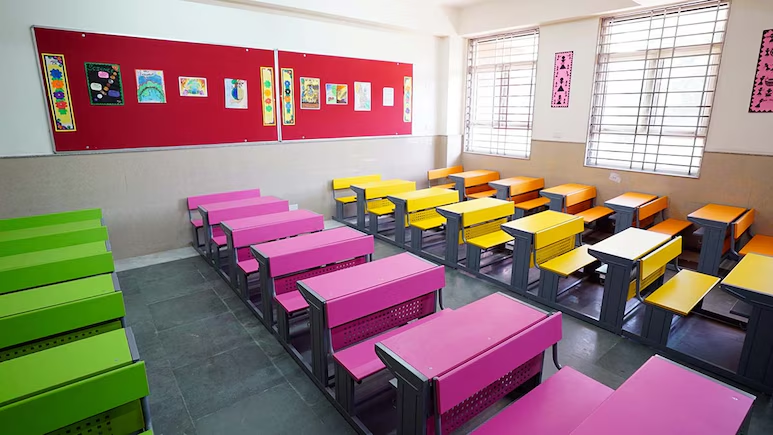
Researchers at Indian Institute of Technology Guwahati have developed novel materials that can efficiently harvest water from humid air. A team of researchers led by Dr Uttam Manna, Associate Professor, Chemistry Department and Centre of Nanotechnology, IIT Guwahati, has published the results of their work in the journal of The Royal Society of Chemistry.
The other research scholars in the team are Mr Kousik Maji, Mr Avijit Das, and Ms Manideepa Dhar.
IIT Guwahati said in a statement that scientists around the world are trying to collect and conserve water through non-traditional methods.
In regions of the world with naturally scanty rainfall, plants and insects have devised ingenious strategies to pull and collect water out of the air. Mimicking this, scientists worldwide are trying to build technologies that can pull out water from thin air.
“Such water-harvesting techniques use the concept of hydrophobicity or water-repelling nature of some materials”, lead researcher Dr Manna said.
How hydrophobicity works
Leaves of plants like lotus are water repellent in nature due to the presence of a layer of trapped air between the leaf surface and the water droplet, which causes the droplet to slide off the leaf.
“However simple hydrophobicity such as this is unsuitable for water harvesting from highly humid environments because high moisture content can displace the trapped air and cause permanent damage,” an official statement said.
IIT Guwahati's approach
IIT Guwahati researchers have mimicked the pitcher plant -- an insect eating plant with a slippery surface.
The research team from IIT Guwahati has used the concept of chemically patterned SLIPS (Slippery Liquid-Infused Porous Surfaces) to effectively harvest water from moist air.
The researchers produced a patterned hydrophilic SLIP by spraying a sponge-like porous polymeric material on top of a simple A4 printer paper.
Further, chemically modulated hydrophilic spots were associated on the coating prior to lubricating with two distinct types of oils – natural olive oil and synthetic krytox.
 From Left to Right: Ms Manideepa Dhar, Mr Avijit Das and Prof Uttam Manna, IIT Guwahati
From Left to Right: Ms Manideepa Dhar, Mr Avijit Das and Prof Uttam Manna, IIT Guwahati
“We have produced a highly efficient water harvesting interface where the fog collecting rate is as high as 4400±190 mg/cm2/h”, Dr Uttam Manna said.
IIT Guwahati said that their pitcher-plant inspired SLIPS materials are superior to other bio-inspired ideas in terms of efficiency of water harvesting.
Apart from water harvesting, SLIPS could be used for other purposes, such as easily cleanable household appliances, in underwater hulls of ships and submarines to prevent biofouling and anti-icing windows for aircraft.

